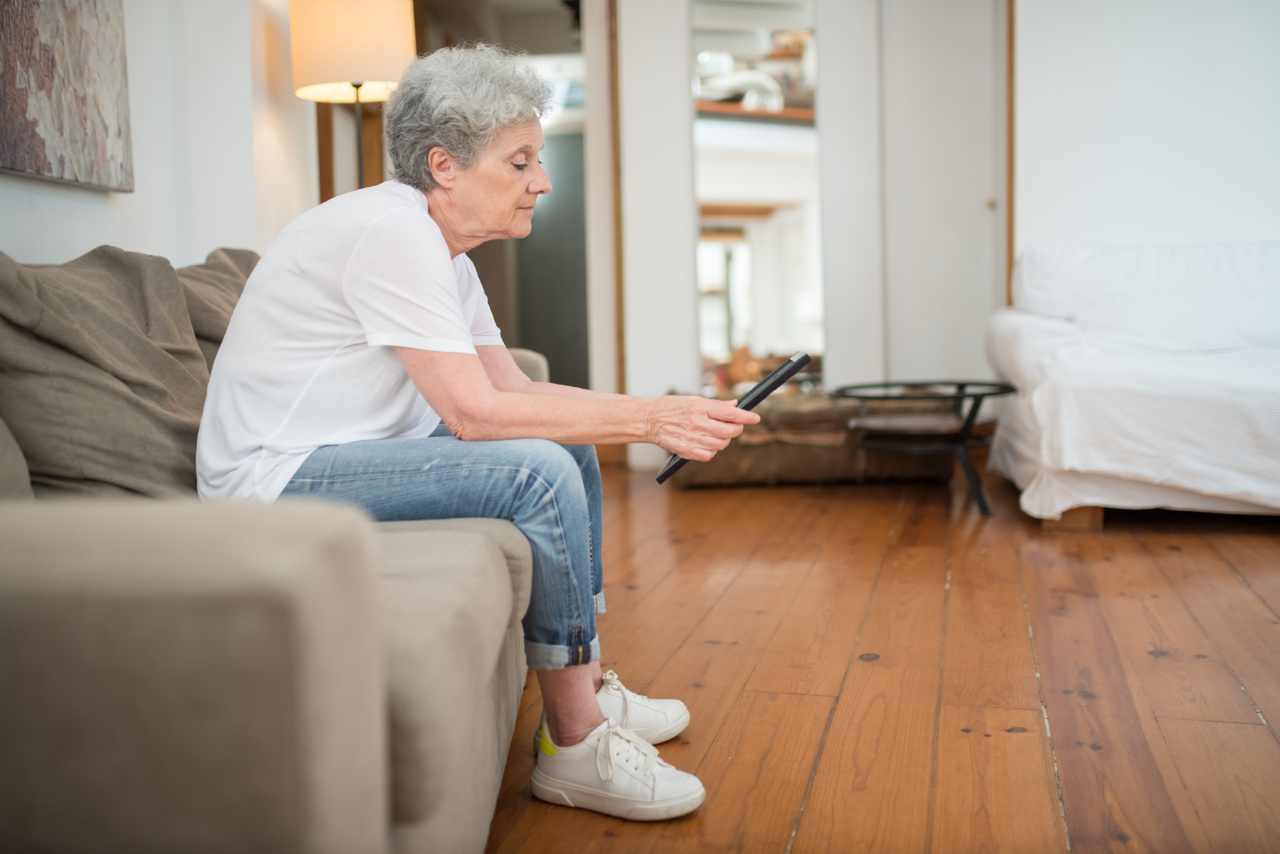Experiencing pain in the female genital area can be distressing and debilitating. It can greatly impact a woman’s quality of life, affecting not only her physical well-being but also her sexual and emotional health.
Understanding the causes of this pain is crucial for finding effective coping strategies and seeking appropriate treatment. This article explores the various factors that can contribute to pain in the female genital area and offers helpful insights for managing and alleviating discomfort.
1. Vulvodynia
Vulvodynia is a chronic condition characterized by persistent pain in the vulva, which is the external part of the female genitalia. It can manifest as a burning, stinging, or throbbing sensation.
While the exact cause of vulvodynia remains unknown, it is believed to be a result of multiple factors, including nerve damage, genetic predisposition, hormonal imbalances, muscle spasms, or even psychological factors. Coping strategies for vulvodynia may involve avoiding irritating substances, wearing loose clothing, practicing good hygiene, and using topical treatments to soothe the affected area.
2. Vaginal Infections
Vaginal infections, such as yeast infections or bacterial vaginosis, can cause discomfort and pain in the female genital area. These infections often result in itching, redness, swelling, and a thick discharge.
Coping strategies for vaginal infections include maintaining good hygiene, wearing breathable underwear, avoiding douching or using harsh soaps, and seeking medical treatment with antifungal or antibacterial medications, depending on the specific infection.
3. Menopause
Menopause, the natural cessation of menstrual periods in women, can lead to various changes in the female genital area.
The decline in estrogen levels during menopause can cause vaginal dryness, thinning of the vaginal lining, and reduced lubrication, leading to discomfort and pain during sexual intercourse. Coping strategies for menopausal genital pain may involve using over-the-counter lubricants, hormone replacement therapy, or alternative treatments like vaginal moisturizers or estrogen creams.
4. Endometriosis
Endometriosis is a condition in which the tissue that lines the uterus grows outside of it, leading to inflammation, pain, and the formation of scar tissue.
Endometriosis can cause pelvic pain, pain during sexual intercourse, and pain in the lower back and abdomen. Coping strategies for endometriosis-related genital pain may include pain medications, hormonal treatments, physical therapy, and in severe cases, surgery to remove the abnormal tissue.
5. Interstitial Cystitis
Interstitial cystitis, also known as painful bladder syndrome, can cause pain in the female genital area due to inflammation and irritation of the bladder. Symptoms typically include pelvic pain, frequent urination, and a strong urge to urinate.
Coping strategies for interstitial cystitis may involve dietary changes, stress management techniques, bladder training exercises, and medication to reduce inflammation and bladder spasms.
6. Pelvic Floor Dysfunction
Pelvic floor dysfunction refers to the impaired function of the muscles, ligaments, and connective tissues in the pelvic area, resulting in pain and discomfort.
This dysfunction can be caused by factors such as childbirth, trauma, surgery, or chronic constipation. Coping strategies for pelvic floor dysfunction-related genital pain may include physical therapy, pelvic floor exercises (such as Kegels), relaxation techniques, and pain management interventions.
7. Sexual Trauma
Survivors of sexual trauma may experience pain in the female genital area as a result of the physical and psychological effects of their traumas.
It is essential for survivors to seek support from trained professionals, such as therapists or counselors, who can provide appropriate coping strategies and help in the healing process. Techniques like cognitive-behavioral therapy and trauma-focused therapy can be beneficial in managing and reducing genital pain related to sexual trauma.
8. Chronic Pelvic Pain Syndrome
Chronic pelvic pain syndrome is a complex condition characterized by persistent pain in the pelvic region that lasts for more than six months. This pain may radiate to the female genital area and is often associated with bladder or bowel dysfunction.
Coping strategies for chronic pelvic pain syndrome may involve a combination of medications, physical therapy, relaxation techniques, and complementary therapies like acupuncture or mindfulness-based practices.
9. Gynecological Surgeries
Surgeries involving the female reproductive organs, such as hysterectomy or ovarian cyst removal, can result in postoperative pain in the genital area.
Following a surgical procedure, it is important to follow the recommended postoperative care instructions provided by the healthcare provider. This may include pain management, wound care, and gradually resuming normal activities. Open communication with the healthcare team can ensure appropriate pain management strategies are implemented.
10. Psychological Factors
Psychological factors, including anxiety, depression, and stress, can have a significant impact on pain perception and tolerance.
Understanding the connection between emotions and physical sensations is crucial for coping with pain in the female genital area. Seeking therapy or counseling to address emotional well-being and learning stress-management techniques can aid in reducing the intensity and frequency of genital pain episodes.
In conclusion, pain in the female genital area can be caused by various factors, including vulvodynia, vaginal infections, menopause, endometriosis, interstitial cystitis, pelvic floor dysfunction, sexual trauma, chronic pelvic pain syndrome, gynecological surgeries, and psychological factors. Each condition requires a tailored approach to coping and managing the associated discomfort.
Seeking medical advice and support from healthcare professionals is essential in determining the underlying cause and developing effective strategies for pain relief and improved quality of life.































